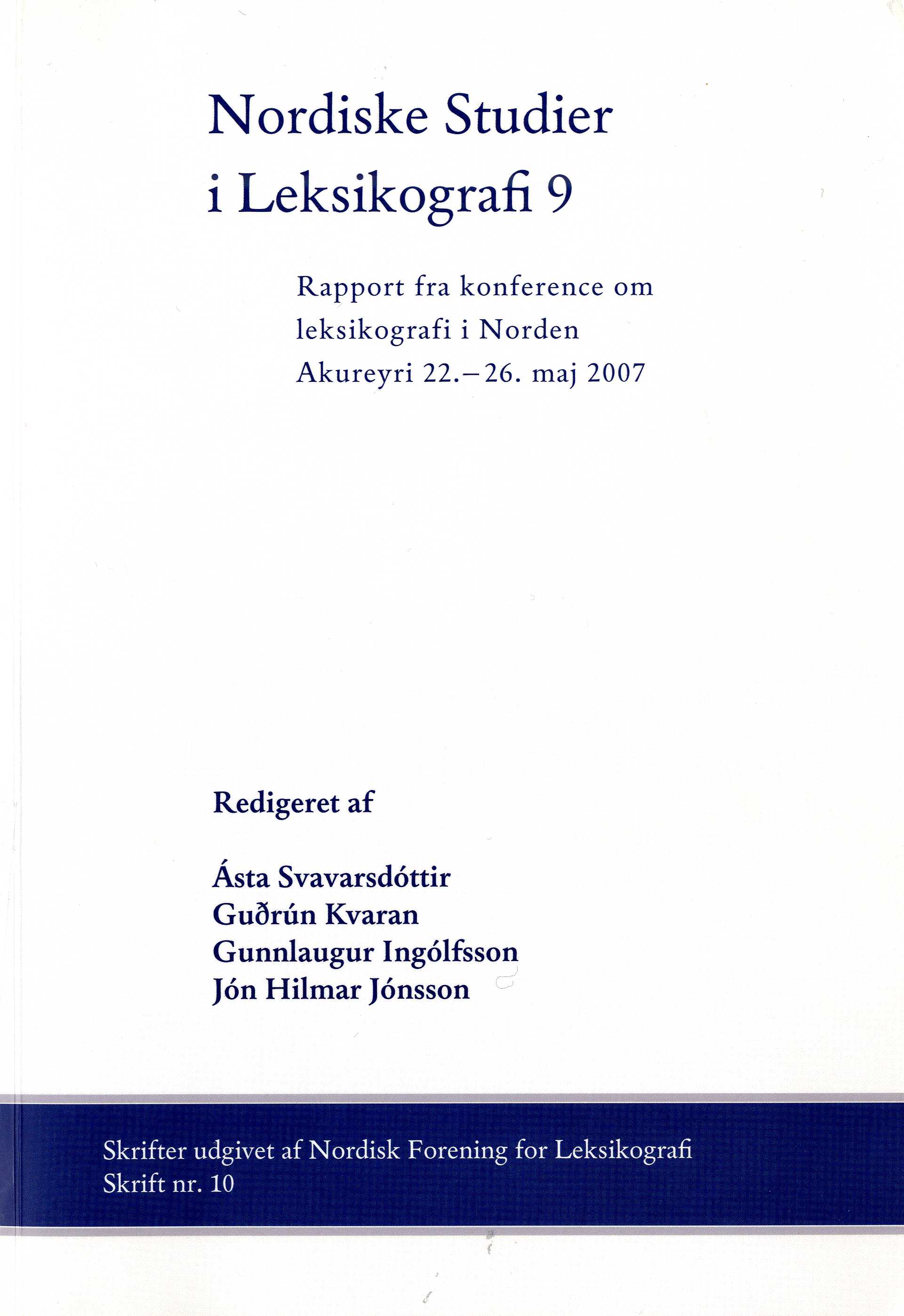Om noen praktiske spørsmål i tospråklig leksikografi
Resumé
The article discusses the relation between conventional textbooks of grammar, dictionary
grammars and grammatical information in the lemma list section (the dictionary proper)
in a bilingual dictionary. The treatment of synonym groups is also commented upon.
Particular attention is given to grammatical categories that exist only in one of the
two languages involved, such as the definite article in Nordic languages versus Russian
and other Slavic languages, the aspect category in the latter which is absent in Nordic languages.
It is important that these differences are clarified and explained as meticulously as
possible by concrete indications and examples of use. Instances of this are shown, e.g the
problem of translating examples containing the only Russian past tense into Germanic
languages which possess a number of past tenses, e.g. the choice between ”aoristic” and
”perfectivic” meaning of the Russian perfective past tense.
Furthermore it is of paramount importance not to overlook differences in the meaning
structure and extension (range of meanings) of the source language lemma and its
primary equivalent in the target language. A comparison of the solution of such problems
in three different dictionaries is presented.
The use of a certain category, existing in both source and target language, may reveal
subtle differences not to be ignored. An instance of this is a specific use of the grammaticalized
definite article in Norwegian and Icelandic, an idiosyncrasy that is not heeded in
textbooks. Needless to say, it is practically impossible to cover all the above-mentioned
differences by examples in every concrete case, and ad hoc solution must be applied to a
great extent.
Downloads
Publiceret
Citation/Eksport
Nummer
Sektion
Licens
Nordisk Forening for Leksikografi/NSL og forfatterne.





